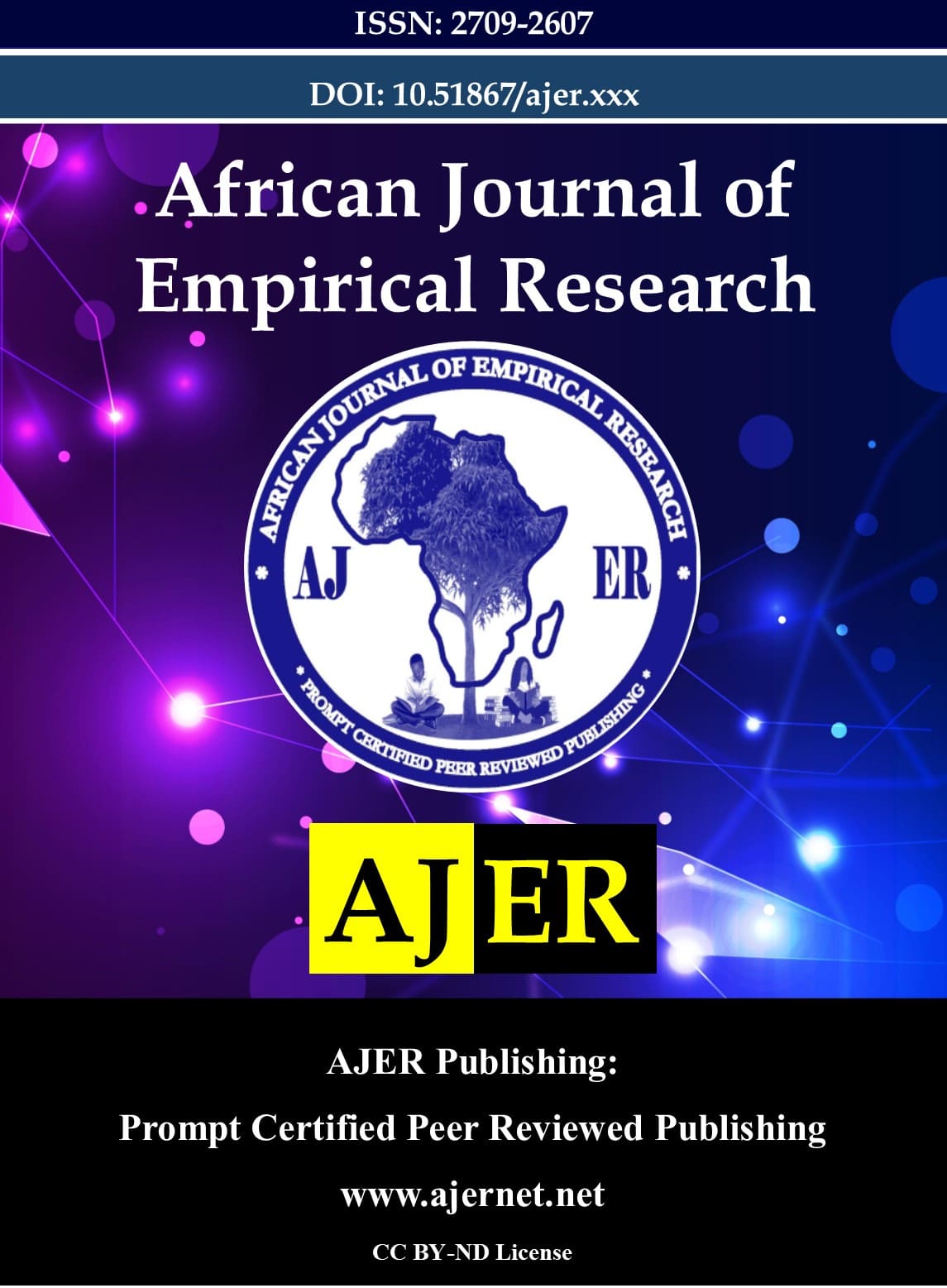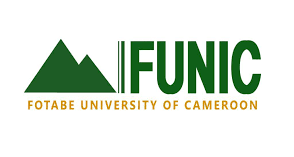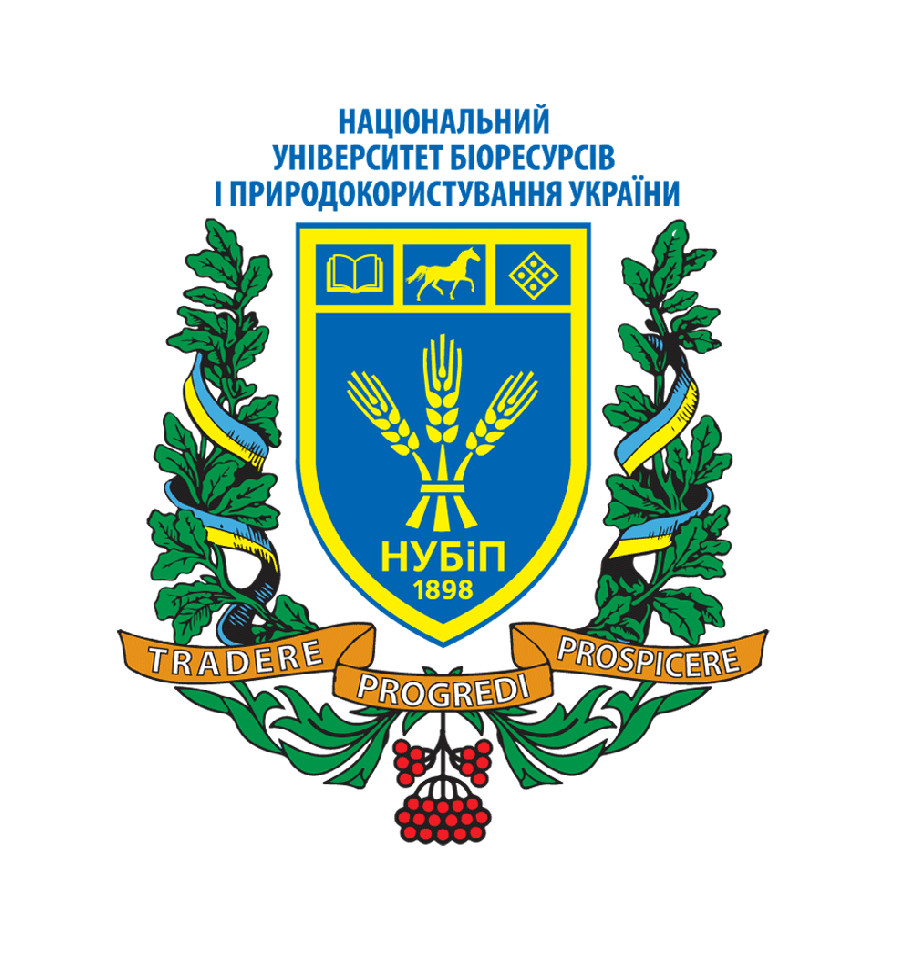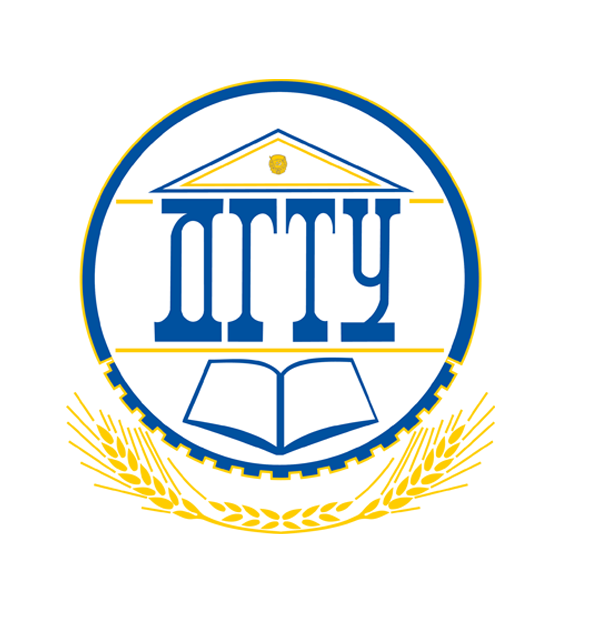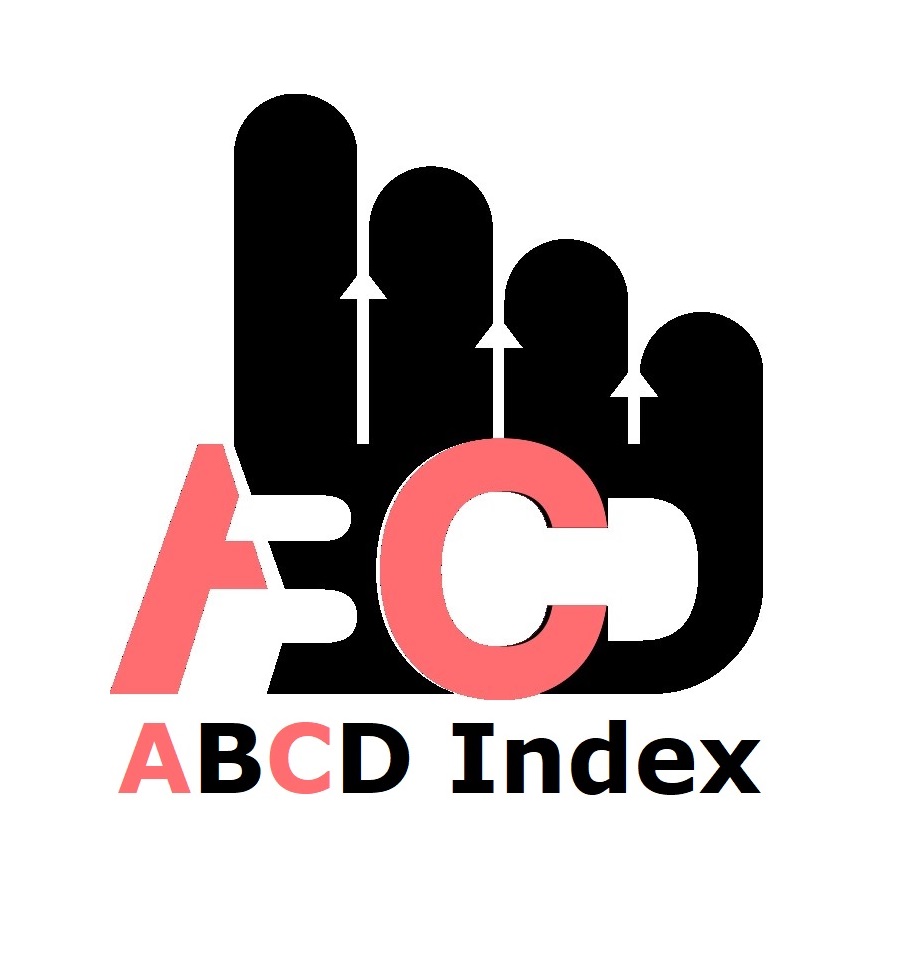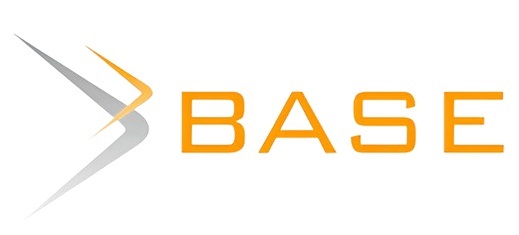Fake news on societal behavior: A case study of the youths in Nairobi County, Kenya
Palavras-chave:
Fake News, Nairobi County, Societal Behavior, Social Media, YouthResumo
Fake news is becoming a rising global concern through social media. This can influence public opinion as well as society through behavioral change and distortion of information. The study examined the link between fake news and social behavior of youths in Nairobi County, Kenya, specifically Nairobi City County. The research focused on how fake news was framed on social media, how it was managed, and how young people interpreted the news. The influence of fake news on the decision-making of youth was also the subject of this study, along with evaluating the effects of misinformation and the impact of news errors. The social responsibility theory and the media dependency theory guided the study on the interaction between fake news and youth. We used a descriptive research design to collect the views of the youth on the subject. The study targeted a population of 600 employees working with the Communications Authority of Kenya. Then, the study selected a sample of 240 respondents through simple random sampling using the Yamane formula. The data was collected using a well-structured questionnaire based on the objectives of the study. The analyzed responses were subjected to descriptive and inferential statistics, and the outcomes were presented by way of tables and charts. During the research process, principles such as voluntary participation, confidentiality, and participators’ informed consent were adhered to. Fake news has a great impact on behavior of the society youth in Nairobi County. According to a recent study, social media is the most common medium through fake news is being spread throughout the world. Misinformation can damage trust in media, personal relationships and participation in civic affairs. Discrepancies like errors and bias in the news were seen as a big reason for people disbelieving news. Although they don’t trust the news as much anymore, they trust less accurate sources just as much as before. The phony news stories were also directly related to the decision-making of youth which influenced their political choice. Some youths were resilient enough to check the veracity of the information before taking any action. However, the majority became vulnerable due to confirmation bias and reliance on something shared by their peers. Considering these findings, the study advised incorporating digital and media literacy programs into the educational system so the youth could be trained to evaluate things critically. The report advised independent fact-check validation processes should be strengthened. All media should continue to remain subject to ethical standards through professional codes. Social media companies should be made accountable for false news. Similarly, it calls for partnerships among various sectors. The goal is to work with youth to increase their resistance to fake news and support positive media behavior.
Publicado
Como Citar
Edição
Secção
Direitos de Autor (c) 2025 Maisiodo V. Naserian, Daniel Oloo Ong’ong’a

Este trabalho encontra-se publicado com a Creative Commons Atribuição-NãoComercial 4.0.
Artigos mais lidos do(s) mesmo(s) autor(es)
- Amelia Liavoga Kihima, Daniel Oloo Ong’ong’a, Social Media as a Strategic Tool for Communication in Corporates: A Case of Crestwood Marketing and Communications, Kenya , African Journal of Empirical Research: Vol. 5 N.º 4 (2024): Oct-Dec 2024
- W. Felix Pilipili, Daniel Oloo Ong’ong’a, Influence of Media Reporting Guidelines on Children Reporting in Kenya: What Should Journalists Do? , African Journal of Empirical Research: Vol. 5 N.º 2 (2024): Apr-Jun 2024
- Edwin Nyarangi Biyogo, Daniel Oloo Ong’ong’a, The Effect of Media Framing on Public Perception of Political Financing in Kisii County, Kenya , African Journal of Empirical Research: Vol. 5 N.º 4 (2024): Oct-Dec 2024
- Erick Shaba, Daniel Oloo Ong’ong’a, Festus Irungu, Influence of Tiktok Use on Road Safety Campaigns: A case of the Rwanda Police’s Gerayo Amahoro in Kicukiro District , African Journal of Empirical Research: Vol. 5 N.º 4 (2024): Oct-Dec 2024
- David Mukara, Daniel Oloo Ong’ong’a, The Role of Kenyan Government in Video-on-Demand Regulation: A Case Study of the Kenya Film Classification Board , African Journal of Empirical Research: Vol. 5 N.º 4 (2024): Oct-Dec 2024
- Theodore Ishimwe, Kennedy Simiyu, Daniel Oloo Ong’ong’a, Contribution of New Media in the Reconciliation of Post-Genocide Rwanda: A Case Study of Selected Non-Governmental Organizations , African Journal of Empirical Research: Vol. 5 N.º 4 (2024): Oct-Dec 2024
- Albert Kipkorir Tonui, Daniel Oloo Ong’ong’a, Impacts of Electronic Media Strategies on Curbing Female Genital Mutilation [FGM] in Narok County, Kenya , African Journal of Empirical Research: Vol. 5 N.º 4 (2024): Oct-Dec 2024
- Lucian Mue, Daniel Oloo Ong’ong’a, Corporate branding strategies in shaping the identity of Kenya Copyright Board (KECOBO) , African Journal of Empirical Research: Vol. 6 N.º 4 (2025): Oct-Dec 2025

